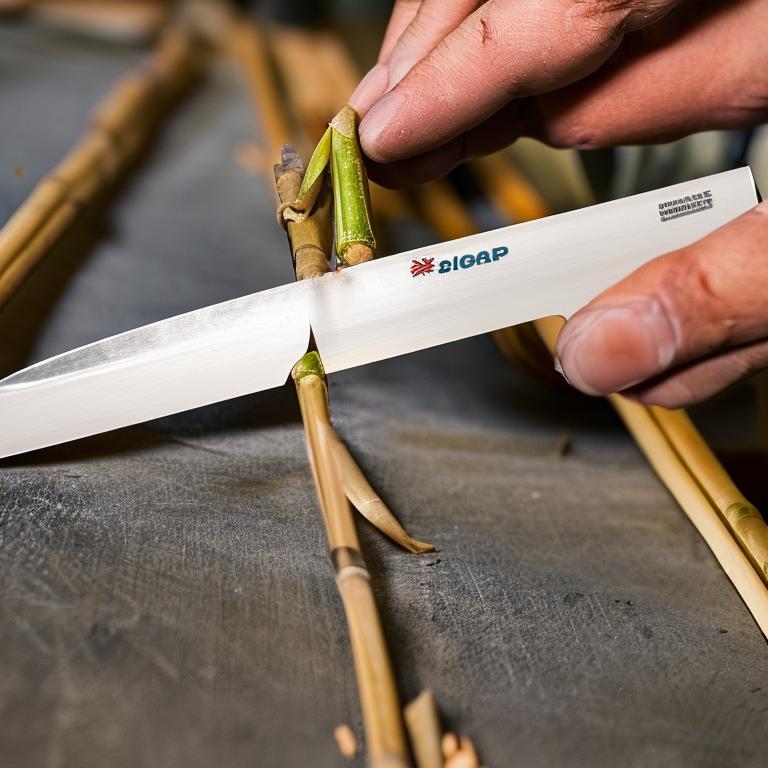Effective Use of Disinfectants for Propagating Cuttings
When it comes to propagating plants through cuttings, the use of disinfectants plays a crucial role in ensuring the success of the propagation process. Disinfectants are specially formulated to eliminate harmful pathogens that could potentially infect the plant material and hinder its growth. By incorporating disinfectants into your propagation routine, you can create a clean and sterile environment that promotes healthy root development and overall plant growth. One effective way to use disinfectants for propagating cuttings is to prepare a solution according to the manufacturer's instructions and soak the cutting tools in it before making any cuts. This simple step can help prevent the transmission of diseases from one plant to another and reduce the risk of contamination during the propagation process. Additionally, disinfecting the containers, soil, and any other equipment used in the propagation can further minimize the chances of fungal or bacterial infections that could harm the newly propagated plants. It is important to choose a disinfectant that is safe for use on plant materials and follow the recommended dilution ratios to ensure its effectiveness without causing harm to the plants. Some disinfectants are designed to be gentle on plant tissues while still being powerful enough to kill a wide range of pathogens. By selecting the right disinfectant for your specific needs and using it correctly, you can create an optimal environment for successful plant propagation. In conclusion, the effective use of disinfectants for propagating cuttings is essential for maintaining a clean and disease-free propagation environment. By incorporating disinfection practices into your plant care routine, you can increase the chances of successful propagation and enjoy healthy, thriving plants in your garden or indoor space.
Proper Trimming and Watering for Healthy Plant Growth
Trimming and watering are essential aspects of plant care that directly impact the health and growth of your plants. Proper trimming techniques help maintain the shape and size of the plant, promote new growth, and remove any dead or damaged parts. Watering, on the other hand, is crucial for providing plants with the necessary hydration to support their physiological functions and growth. By understanding the importance of proper trimming and watering practices, you can ensure the optimal health and vitality of your plants. When it comes to trimming, it is important to use sharp and clean tools to make precise cuts that promote healthy growth. Remove any dead, diseased, or overgrown parts of the plant to improve air circulation and prevent the spread of diseases. Additionally, regular trimming can stimulate new growth and encourage the plant to develop a fuller and more robust appearance. Be mindful of the specific trimming requirements of each plant species to avoid over-pruning, which can stress the plant and inhibit its growth. In terms of watering, it is essential to strike a balance between providing enough moisture for the plant without overwatering, which can lead to root rot and other issues. Different plants have varying water requirements based on factors such as their species, size, and environmental conditions. Generally, it is recommended to water plants when the top inch of soil feels dry to the touch, ensuring that the water reaches the root zone where it is needed most. Avoid watering plants on a strict schedule and instead adjust your watering frequency based on the plant's individual needs. By incorporating proper trimming and watering practices into your plant care routine, you can promote healthy growth and vibrant foliage in your plants. Regular maintenance, including trimming away dead or damaged parts and providing adequate hydration through mindful watering, can help your plants thrive and flourish in their environment. Remember that each plant is unique, so observe and adjust your care routine accordingly to ensure the best possible outcomes for your beloved green companions.
